 ———-
———-
Hellraisers Journal – Wednesday November 23, 1910
Manchester, New Hampshire – Lewis Hine Exposes “Unspeakable” Conditions
From the New Orleans Times-Democrat of November 22, 1910:
GIRLS OF FOUR WORK AT NIGHT
———-
Unspeakable Moral Conditions Declared
to Exist in New Hampshire Cotton Mills
-Child Labor Law Is Being Urged.
—–
Special to The Times-Democrat
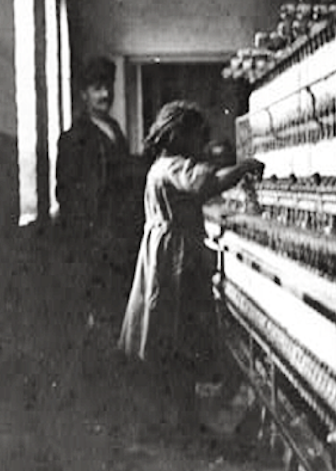
New York. Nov. 21.-A Special from Concord. N. H., says: Because of what are termed the “unspeakable” conditions existing in the immense cotton mills at Manchester, N. H., the New Hampshire Legislature will this winter be asked to pass a law forbidding the employment of young girls in the cotton mills of the State at night. The mills employ 15,000 persons.
A report made by Lewis Hine, a special agent of the National Child Labor Commission, after an investigation of the mills, refers to the “unspeakable moral conditions under which girls are employed at night.”
Mr. Hine was loaned to the superintendent of public instruction, Mr. Morrison, to make the investigation, and it is understood on his findings that Mr. Morrison will ask for a law prohibiting the employment of children between the hours of 6 at night and 6 in the morning. Mr. Hine’s report will be incorporated in that which Mr. Morrison will place before Gov. Bass and his council. It will show that girls of four and upward are employed in the mills throughout the night and that this is not forbidden by law. Mr. Morrison is averse to publishing the facts that have come to his knowledge, if the Legislature will pass the bill without such publicity. He makes no threats about publication, but he says:
“We want that law.”
He also urges that the age limit for child labor be abolished, and that the qualification be one of education, except that no children be permitted to work nights.
“There are big hulking boys under the age limit.” said Mr. Morrison to-day, “who are only in the way at school, and who might just as well be at work.
“On the other hand, there are undersized and underfed little children of sixteen and over, mere skin and bones, who ought to be pulled out of the mills and shops in the name of humanity.”
———-
[Emphasis added.]
[Note: photograph added is by Lewis Hine, taken at Manchester, N. H., on May 25, 1909.]
Continue reading “Hellraisers Journal: “Girls of Four Work at Night” -Report from Lewis Hines Stirs New Hampshire Legislature” →
 —————
—————
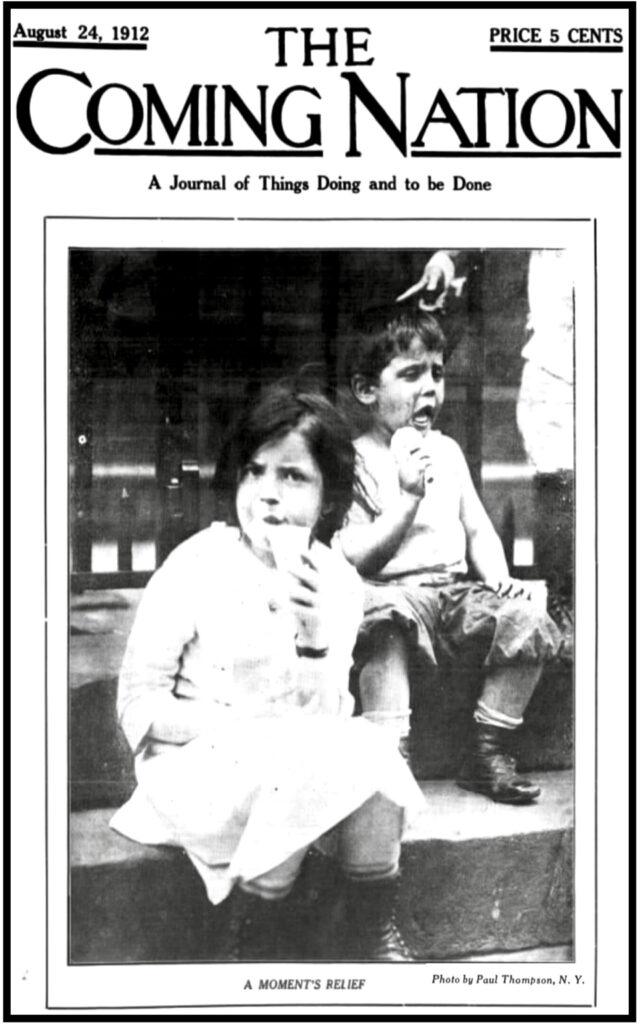
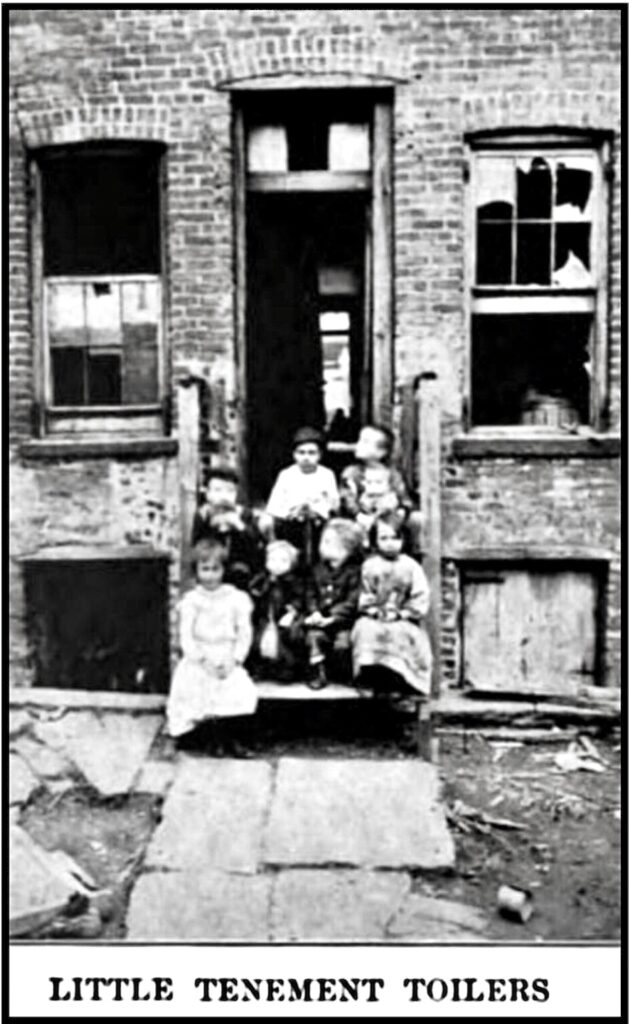
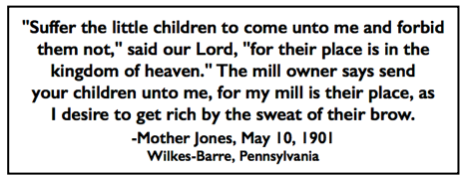 —————
—————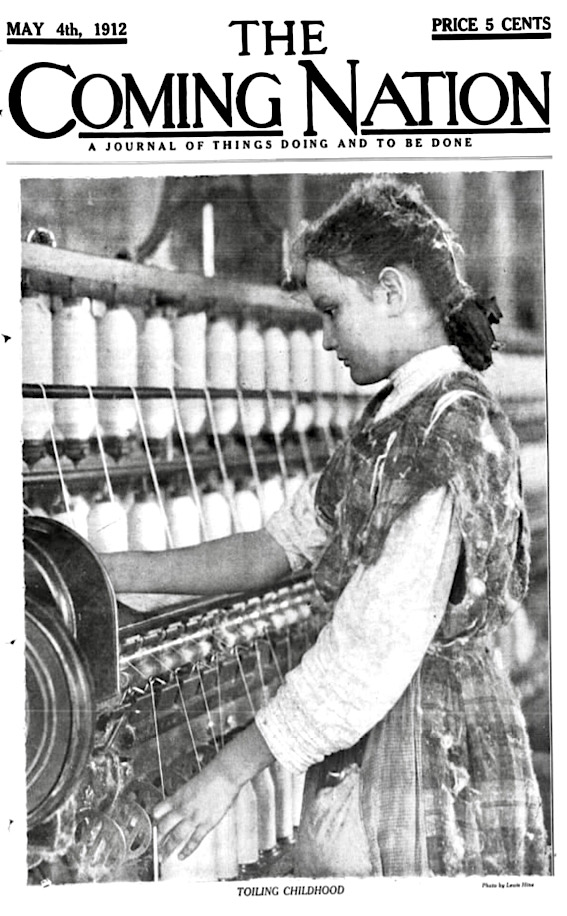
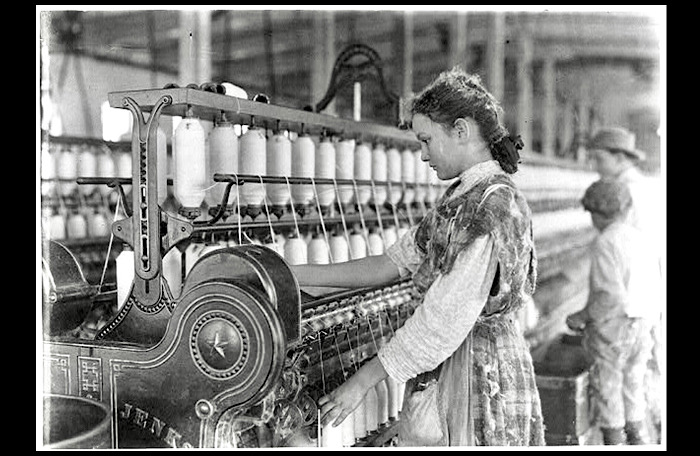
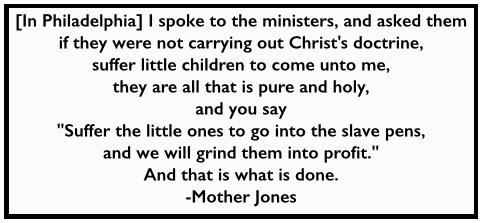 —————
—————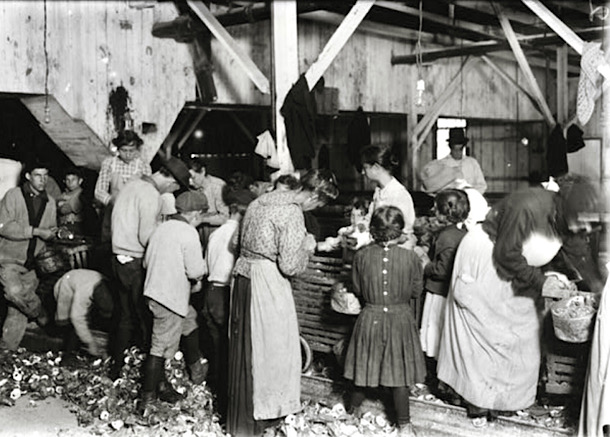
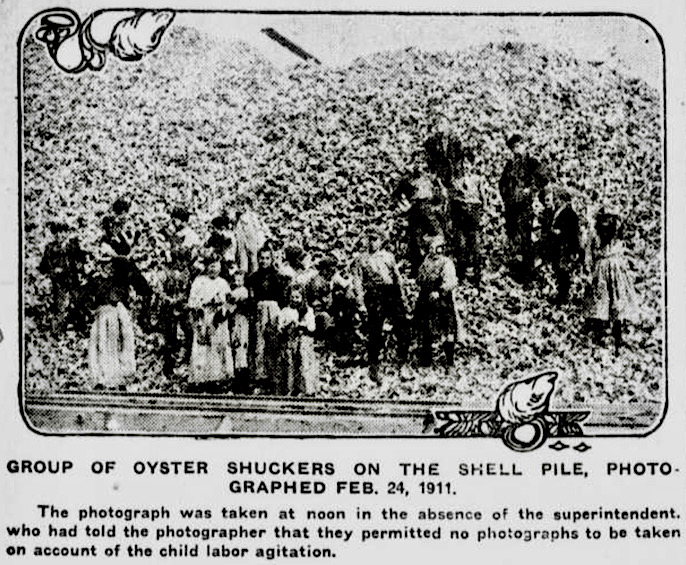
 —————
—————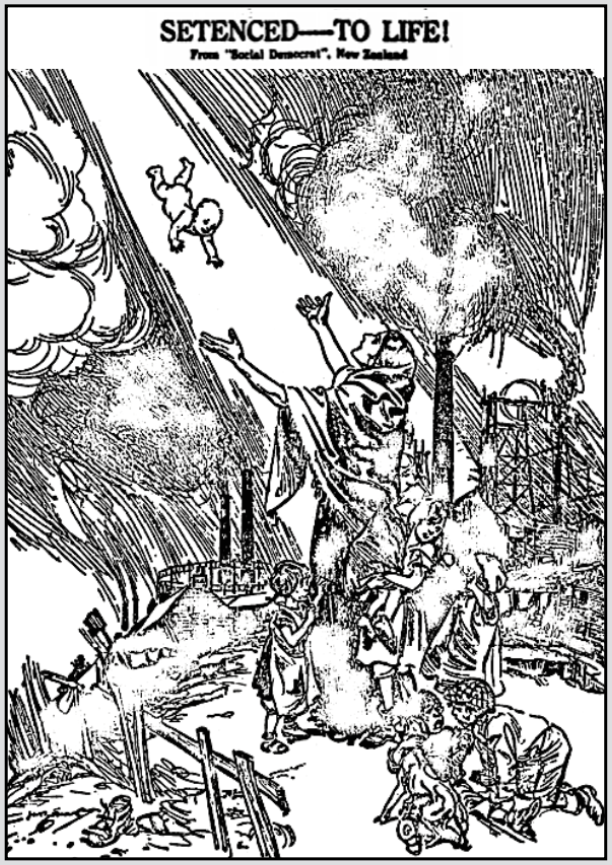
 —————
—————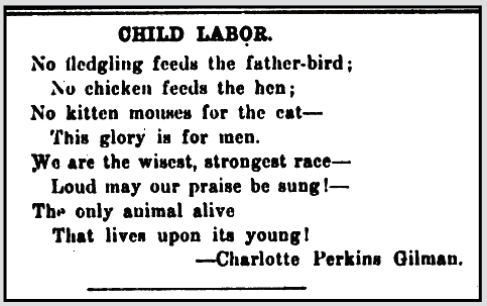
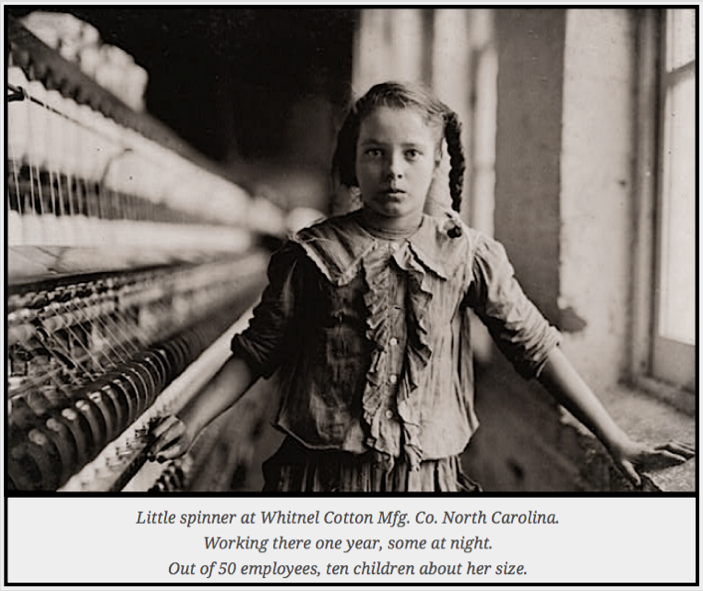
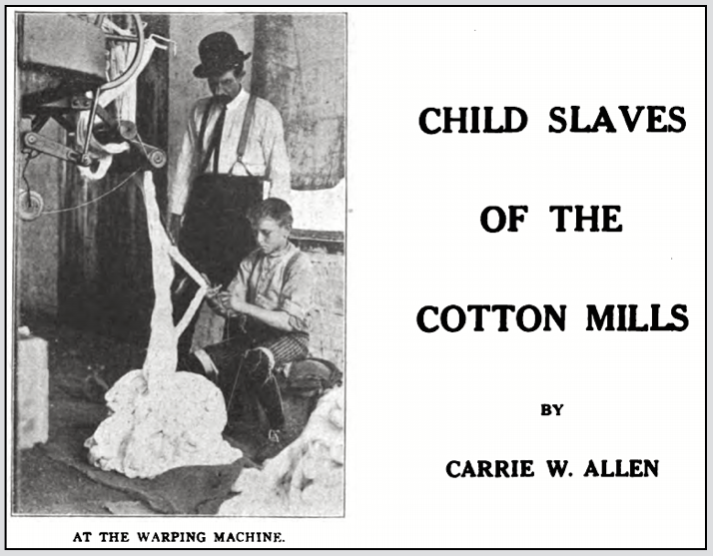
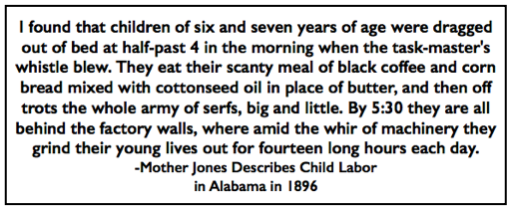 ———-
———-

